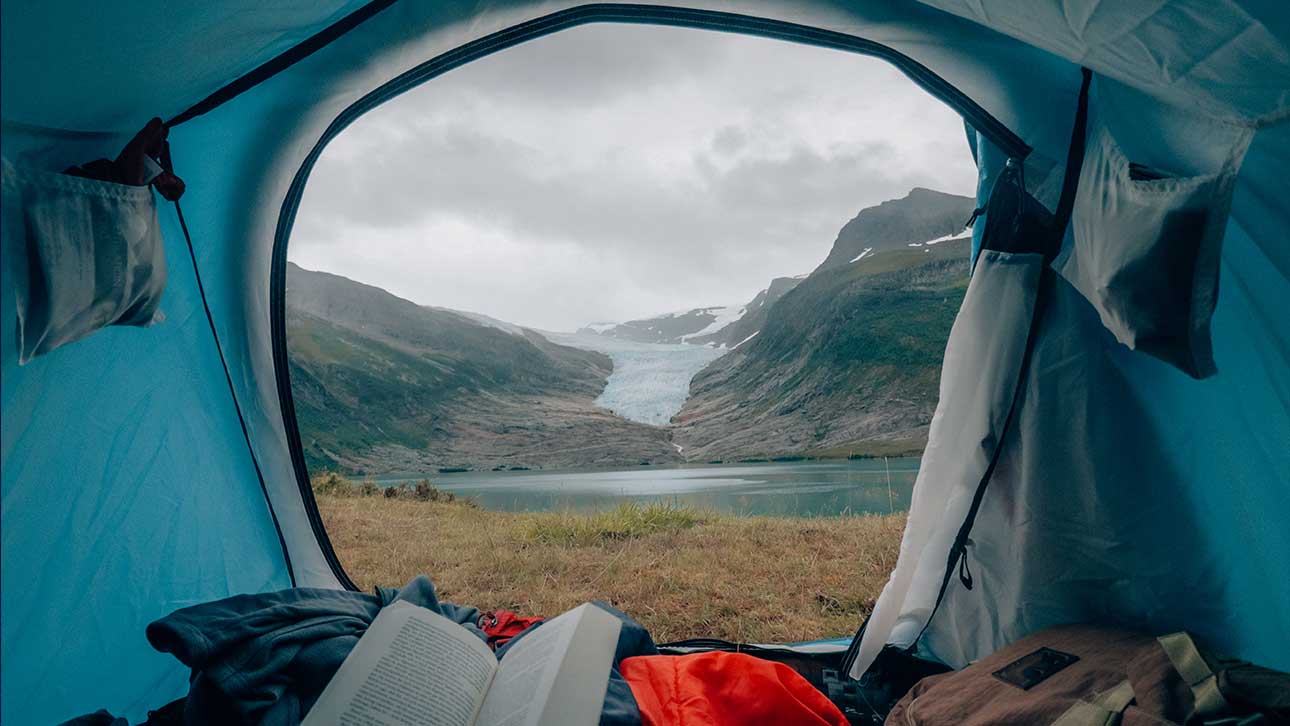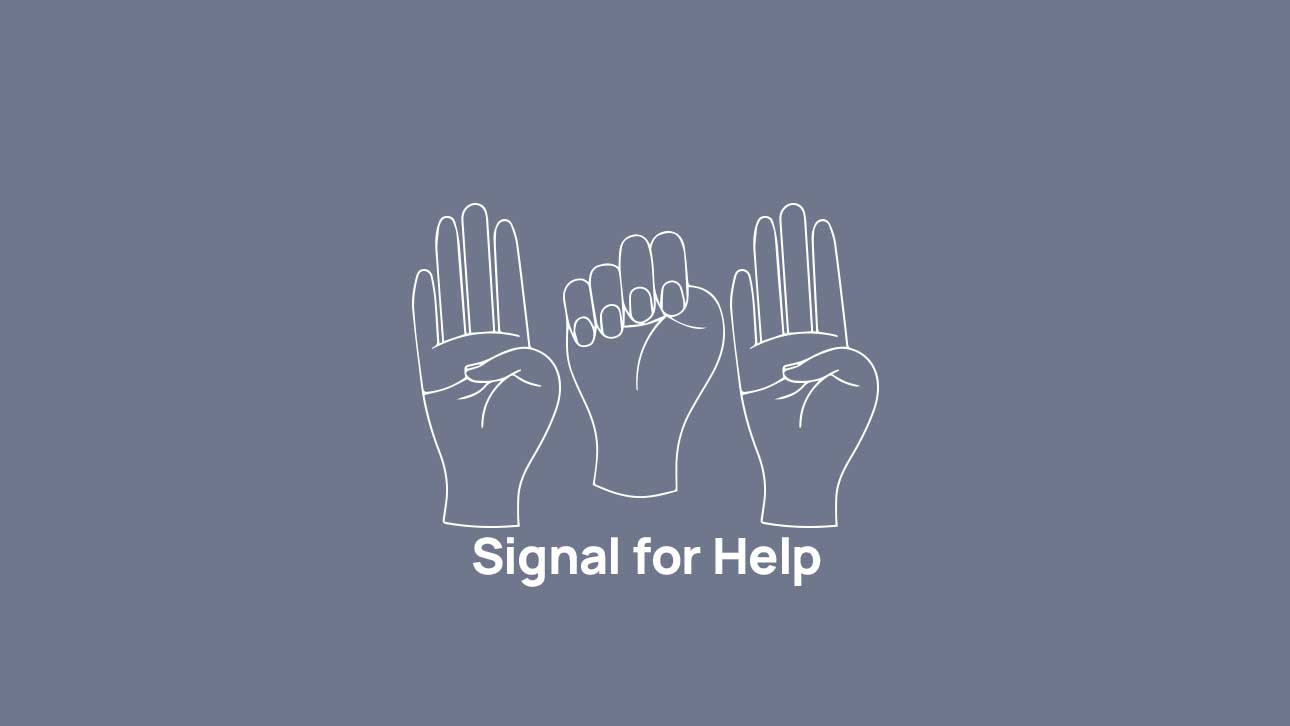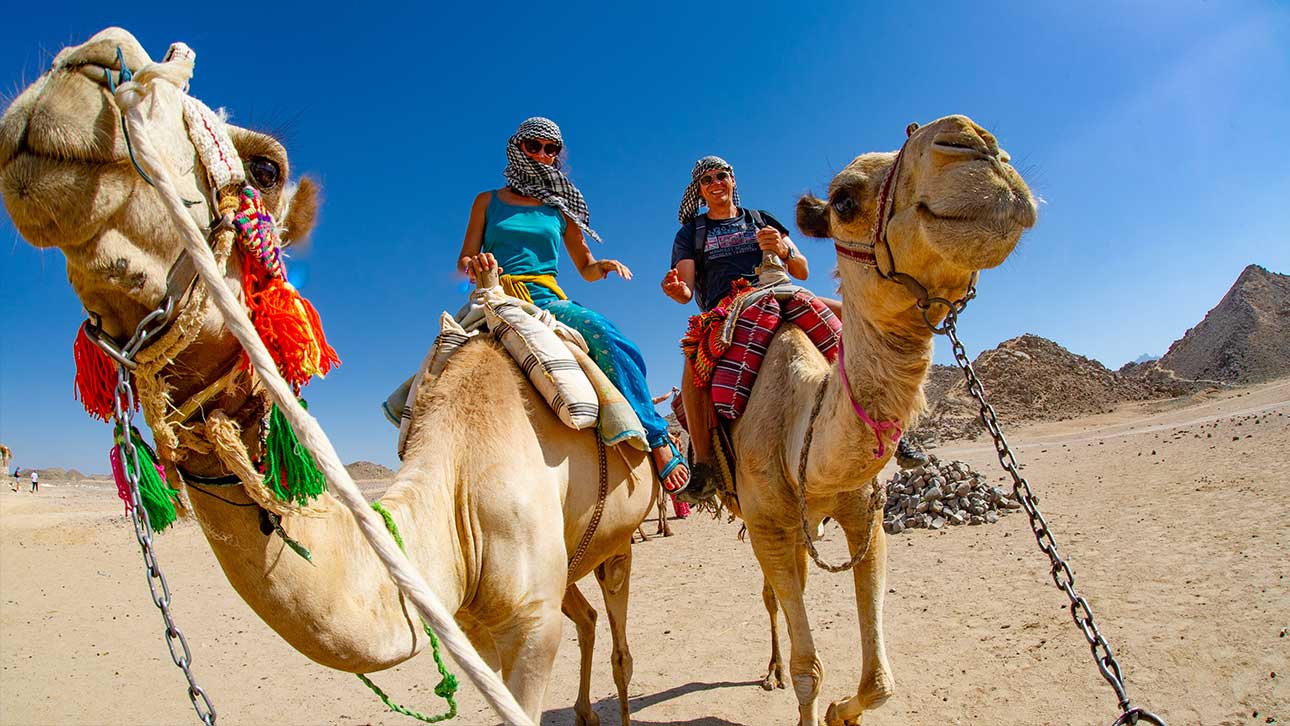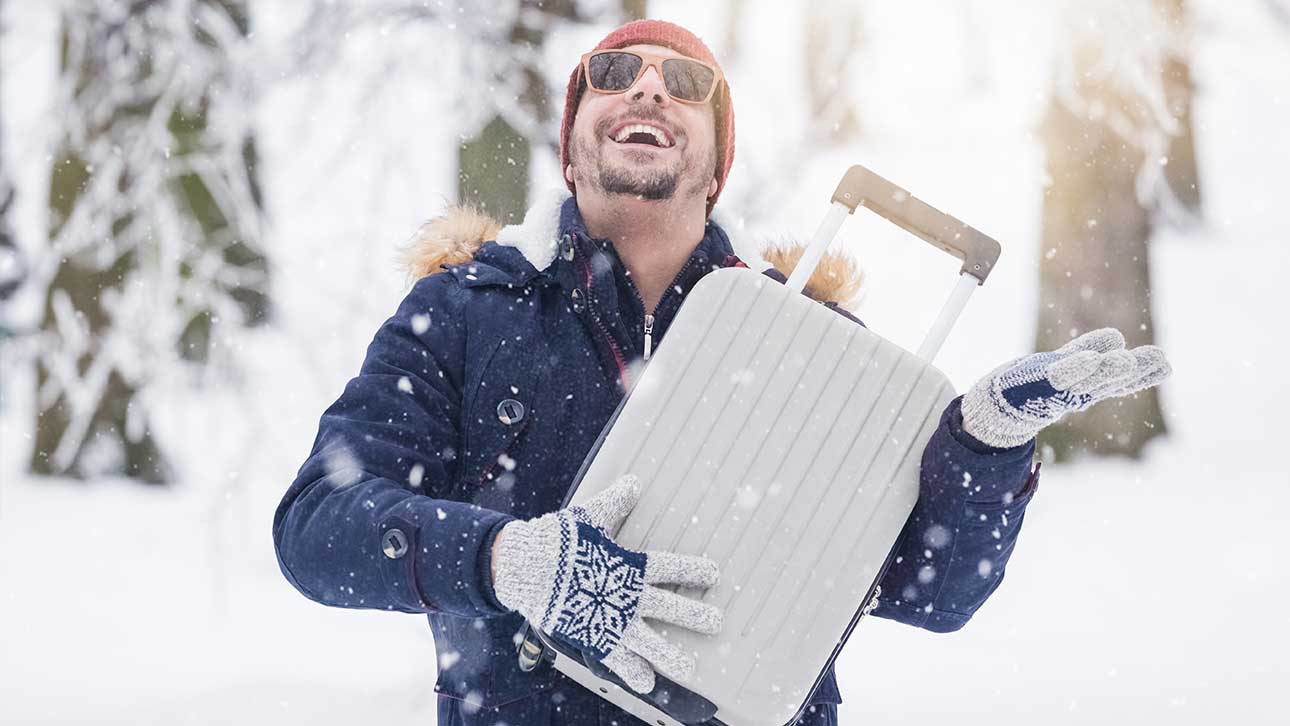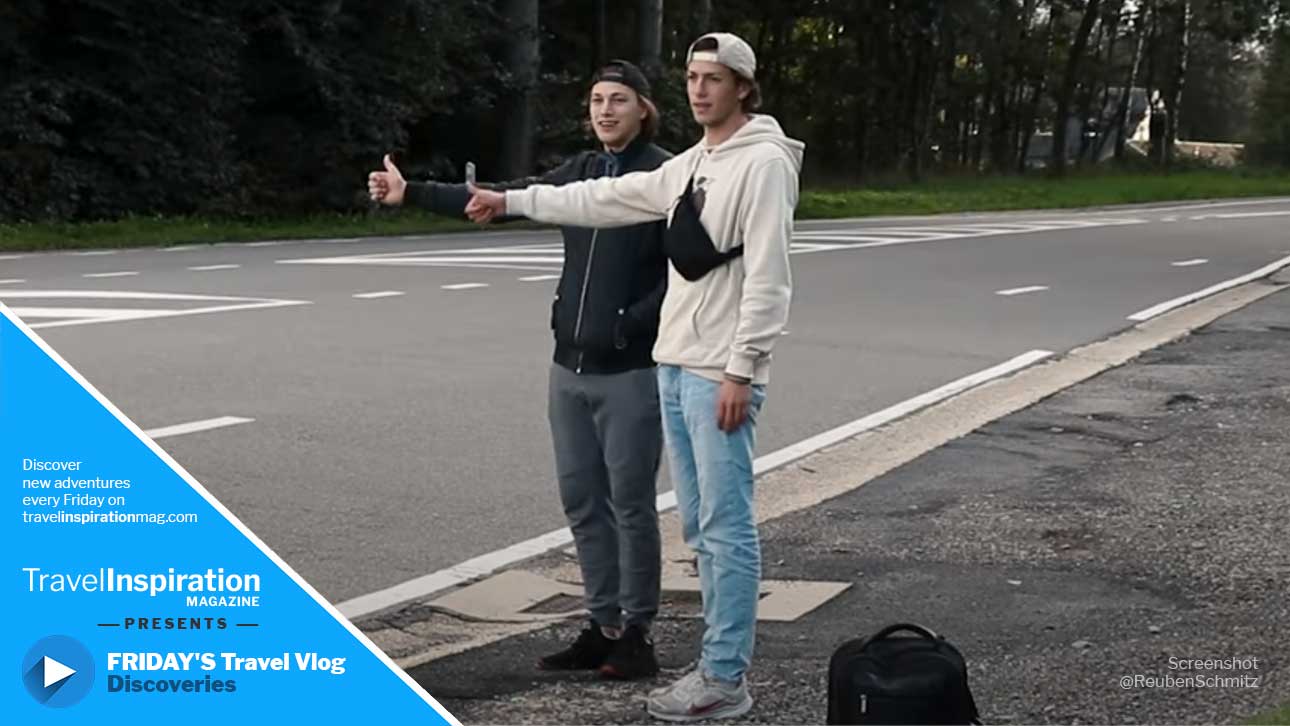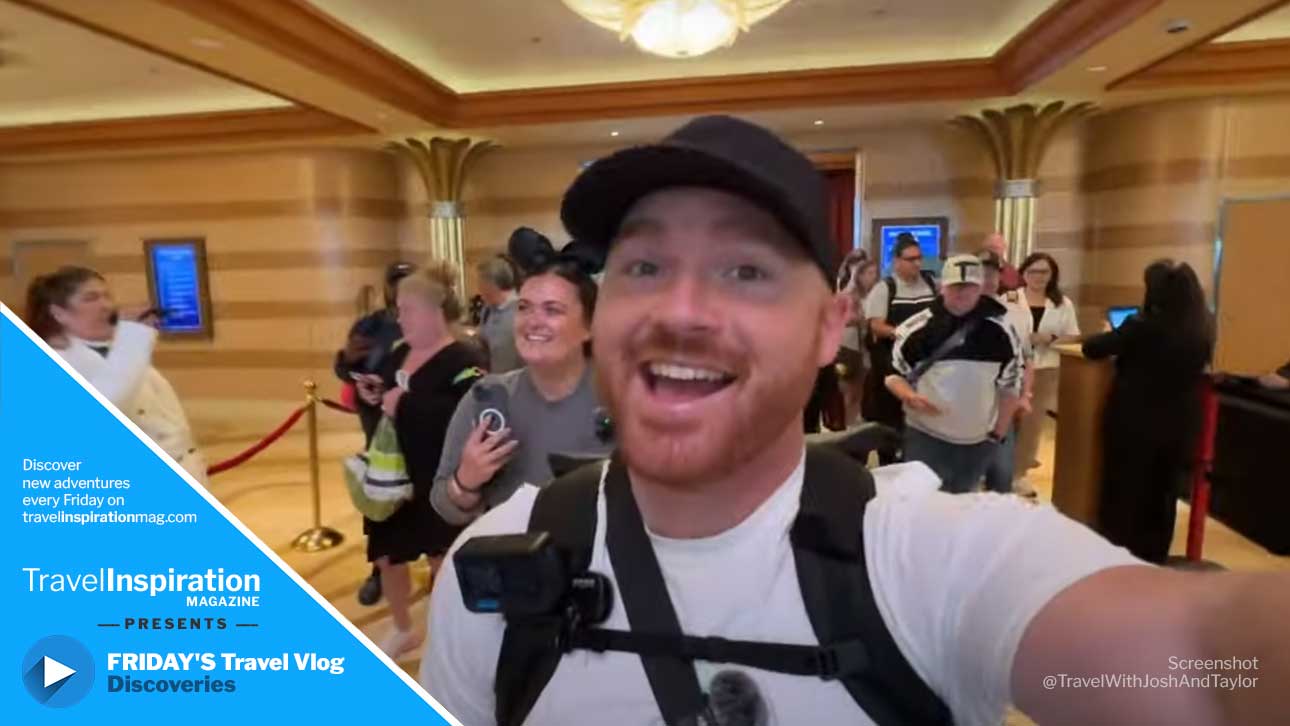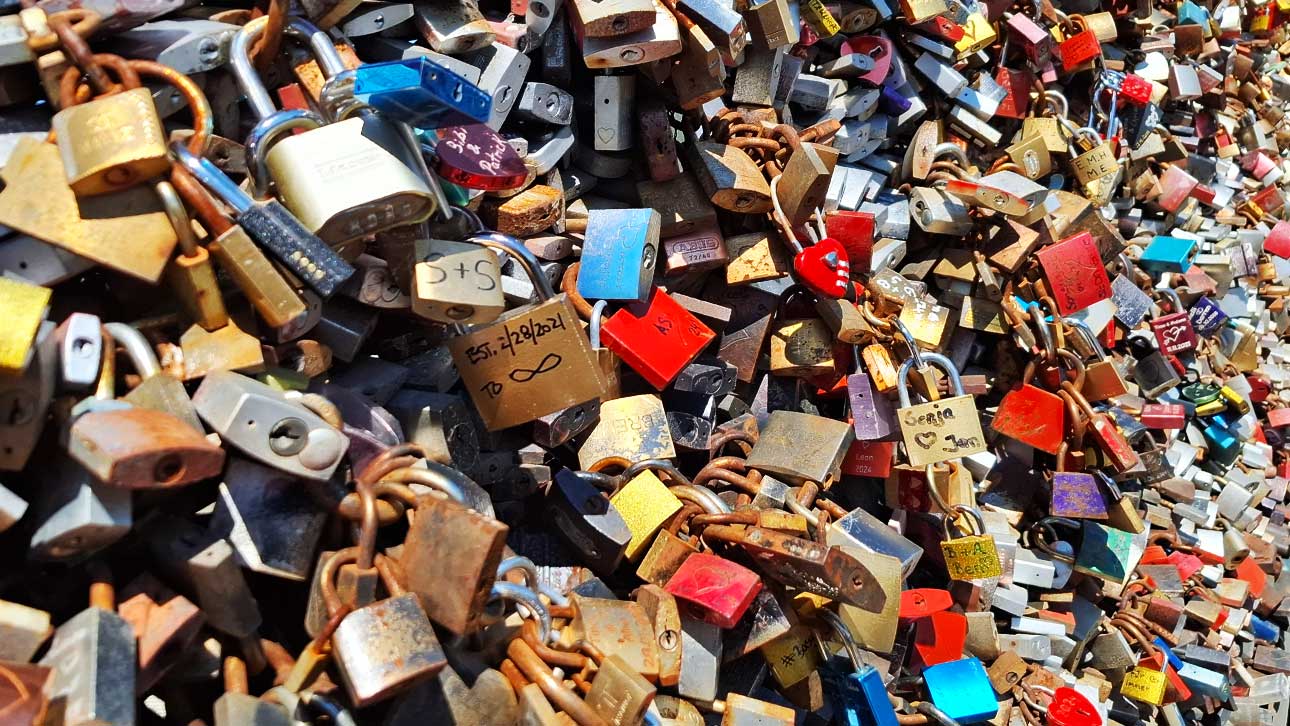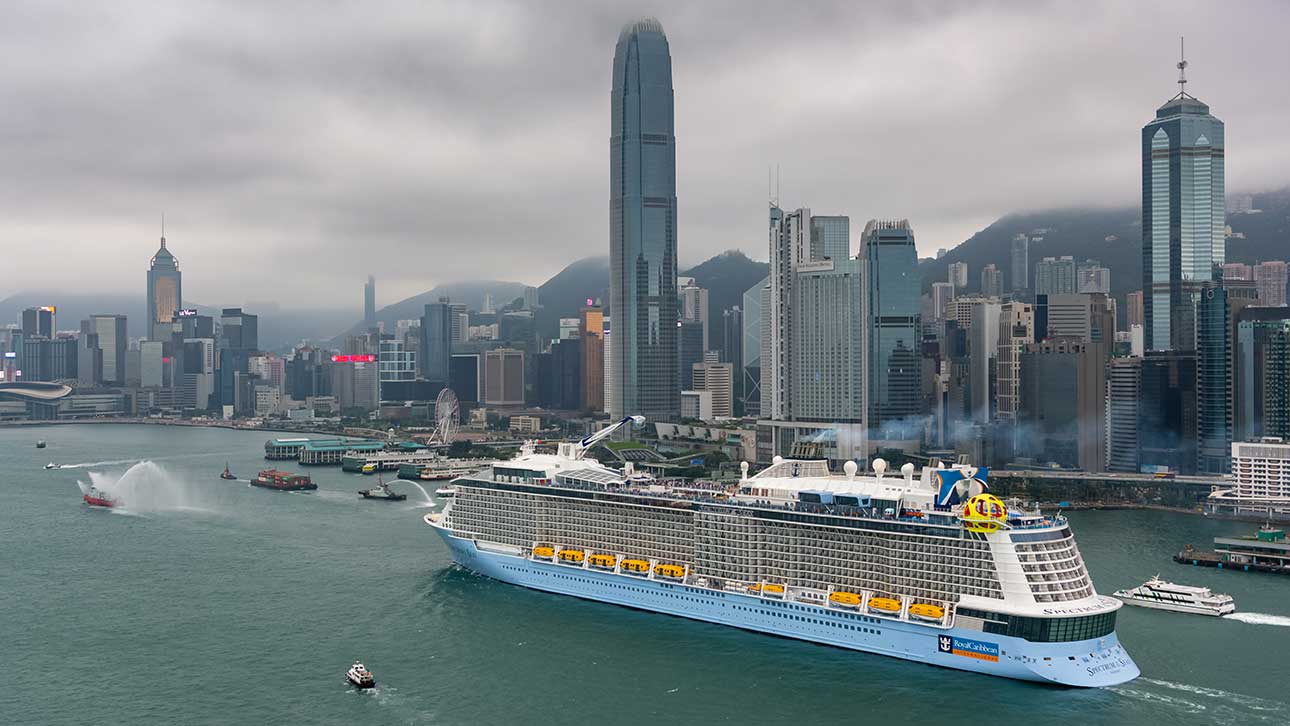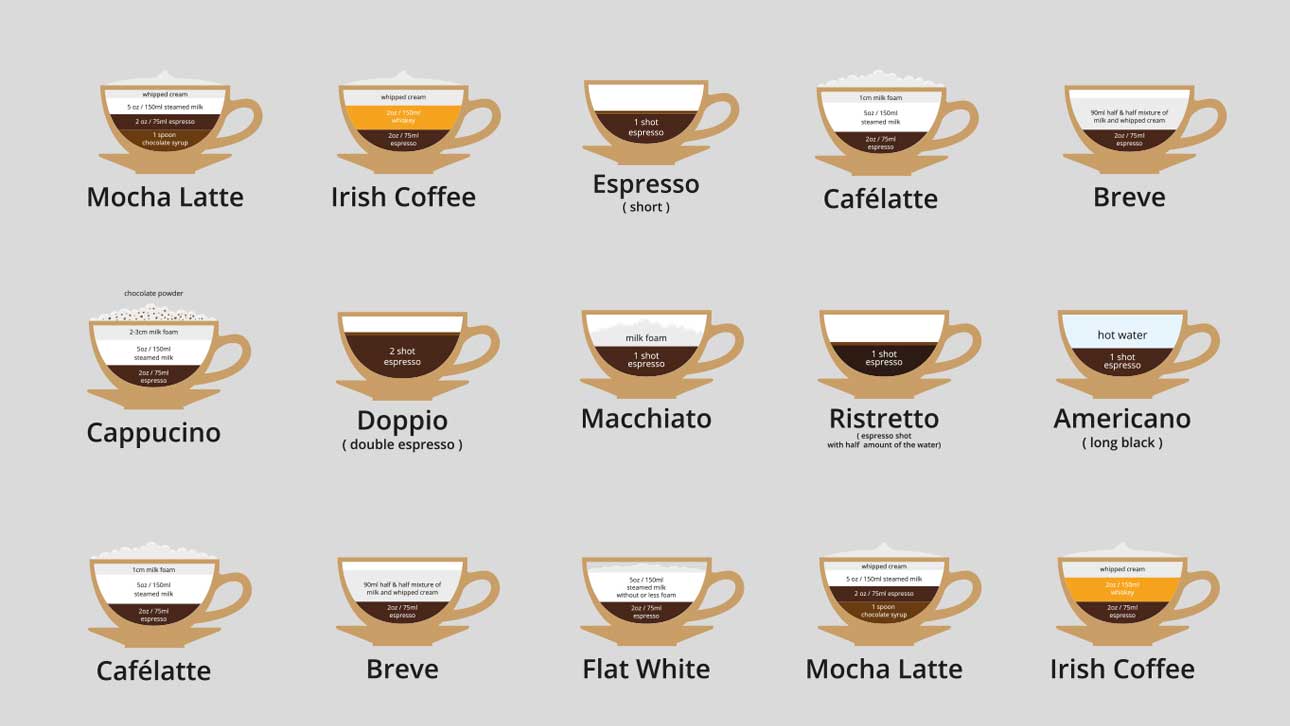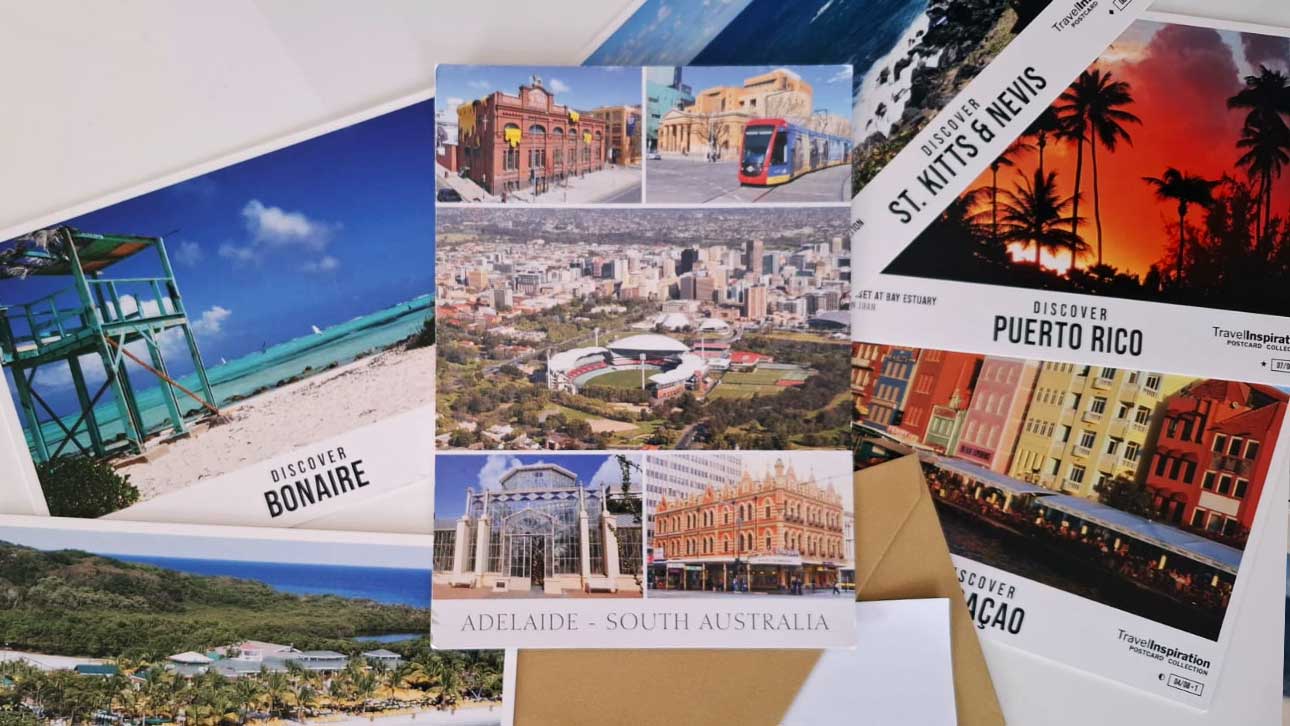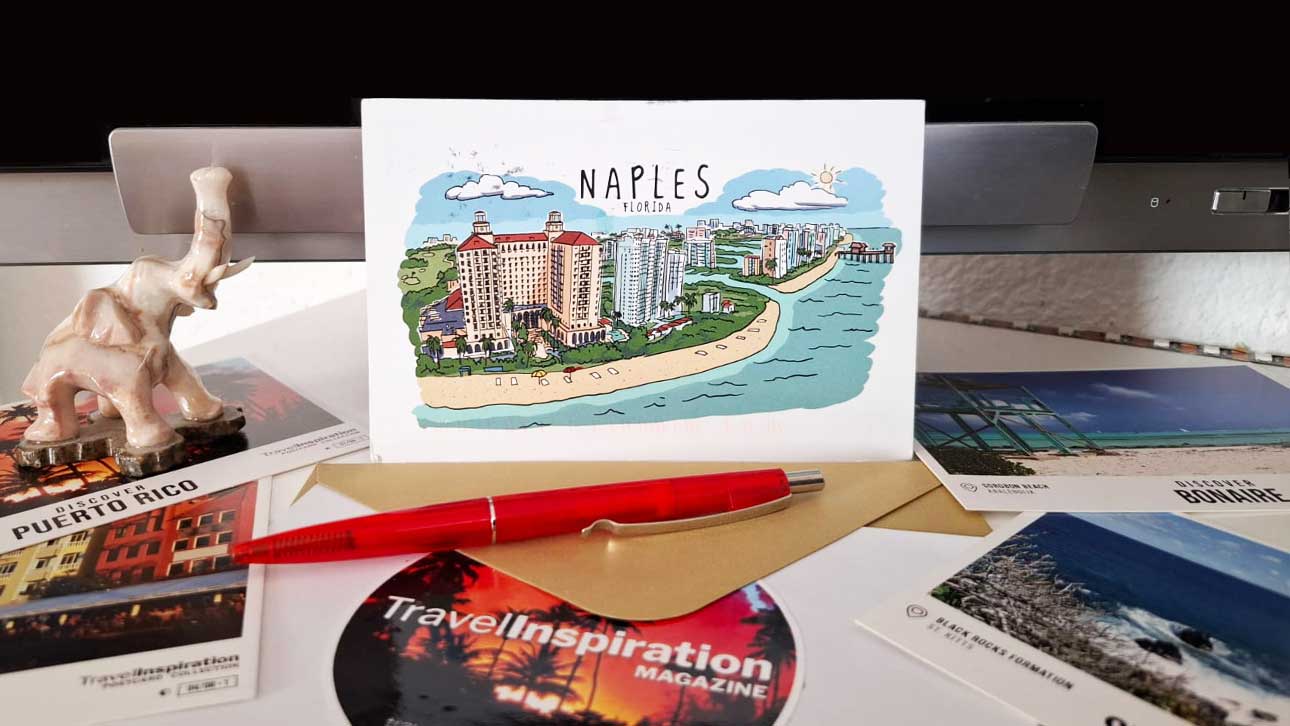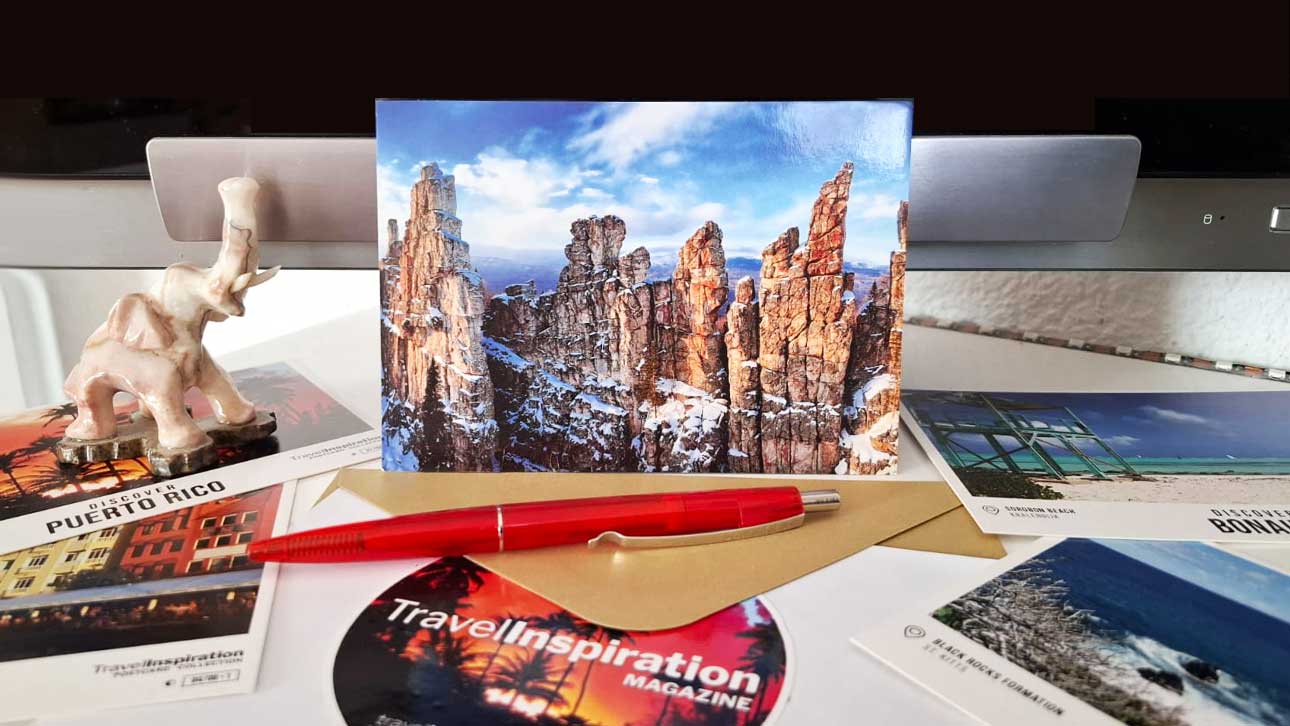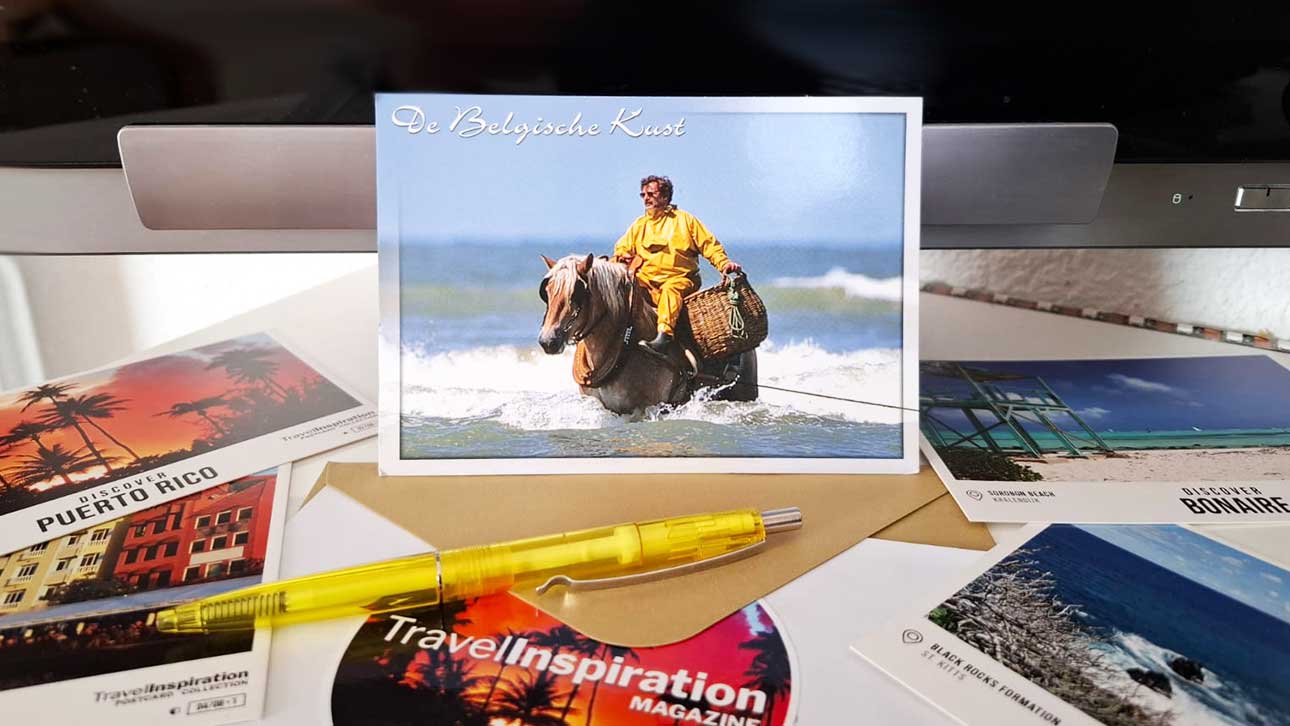Choosing the right tent for camping or hiking can be crucial for a complete outdoor experience.
In today’s world of dynamic tourism and the increasing desire for freedom in nature, the tent becomes an indispensable element of outdoor gear. Whether you're planning to camp by the sea, in the mountains, by a lake, or in the desert, the right outdoor tent ensures comfort, security, and resilience under any weather conditions. In this guide, we’ll answer all the key questions people often ask before making a purchase.
1. What are the main types of tents and which is the most suitable for different types of travel?
- Dome Tent: Popular, stable, easy to set up – suitable for 2-3 people.
- Tunnel Tent: More space and height – ideal for families and longer stays.
- Geodesic Tent: For extreme conditions – resistant to strong winds and snow.
- Tipi Tent: Lightweight, compact – for bushcraft and winter camping.
- Ultralight Tent: Ideal for trekking and bike touring.
- Pop-up Tent: Sets up in seconds – suitable for festivals and picnics.
- Beach Tent: For sun and wind protection – not designed for overnight stays.
2. Which tent is most suitable for mountain hiking with a backpack?
For mountain hiking, especially in areas with unpredictable weather and difficult terrain, choosing a lightweight and compact trekking tent is essential. When carrying all your gear on your back, every gram counts – so the best tents for hiking with a backpack combine low weight, high durability, and good protection from the elements.
The ideal mountain hiking tent should weigh no more than 2 kg, with tents weighing under 1.5 kg being preferable, especially for solo trekking or long routes. It’s also crucial that the tent fits compactly in your backpack without taking up too much space. This is where ultralight tents with aluminum poles and synthetic waterproof fabrics come into play.
What should a quality trekking tent include?
- Double layer: The tent should have an inner breathable section and a separate outer waterproof cover (the so-called flysheet). This provides better ventilation and protection against moisture and condensation.
- Waterproofing over 3000 mm: This means the cover can withstand heavy rain. In mountain conditions, this is absolutely essential. The tent’s floor should also have at least a 5000 mm waterproof rating to prevent moisture from entering from the ground.
- Ventilation: Quality outdoor tents have well-designed ventilation openings that prevent condensation inside the tent, which is very common in cold weather.
- Wind resistance: Mountain peaks are often exposed to strong winds. Choose a tent with a stable structure (such as a geodesic design or criss-crossing poles) that can be securely anchored with stakes and guylines.
Additional tips for mountain hiking tents
- Avoid tents with overly high interior spaces – a lower profile offers better wind resistance.
- Look for models with a fast-pitch system, which is an advantage in bad weather.
- Choose a tent with enough space for your backpack and shoes in the vestibule.
- Check if the tent has UV protection – important at high altitudes.
With the right lightweight mountain tent, you’ll be able to enjoy the freedom and challenges of long trails without sacrificing comfort and safety. The right materials, waterproofing, and wind stability make the difference between a comfortable adventure and unexpected difficulties.
3. What tent should we choose for a family with children?
If you’re planning a family trip to nature with kids, choosing the right family camping tent is key to the comfort and safety of the whole family. Unlike solo trekking tents, here the focus is on space, convenience, and easy setup.
The best choice for families is tunnel tents with multiple compartments, which provide a clear separation between sleeping areas and the living/storage area. They not only offer more space but also better organization during camping stays.
What features should a good family tent have?
- Large interior space: Look for a model with at least two separate sleeping areas and a central living space. This ensures privacy and comfort – especially important when you have older children.
- Height for standing up: Tents with a height of over 180 cm allow you to move around inside while standing, making daily activities and changing clothes easier.
- Insect mesh: Essential for protection against mosquitoes and other insects. Look for tents with mesh doors and windows that provide ventilation without letting insects inside.
- Good ventilation and UV protection: When camping with children, it’s important to keep the inside of the tent well-ventilated and cool. Tents with ventilation openings and UV protective coatings are especially suitable for summer months.
- Waterproofing: Minimum 3000 mm waterproofing for the outer layer and a reliable floor to keep the whole family safe in the rain. This is particularly practical when camping with young children.
- Wide vestibule: A space for storing shoes, strollers, toys, and luggage without bringing dirt inside.
Other tips for choosing a tent for camping with children
- Choose a tent with color-coded markings and easy setup so it can be pitched quickly and effortlessly.
- Look for models with additional pockets, hooks, and internal organizers for better order.
- Choose a tent with a canopy or awning entrance where the kids can play even if it rains.
- Check if the tent is made of fire-resistant material for safety around camping stoves.
Whether you're camping in the mountains, by a lake, or on a car camping trip, choosing a comfortable and secure family tent will make the experience unforgettable. With the right family tent, you can create a cozy atmosphere in nature with your partner and give your kids a sense of adventure without sacrificing comfort.
4. What are the most important features when buying a tent?
When choosing an outdoor tent for camping or trekking, it’s important to consider various factors that determine not only comfort but also safety during your adventure. From the right capacity to the type of materials – every element affects the performance of the tent in different conditions. Here are the key features to keep in mind:
- Capacity and interior space: Always choose a tent with a capacity +1 (for example, if you’re two people – choose a three-person tent). This provides extra space for backpacks, shoes, and movement. For families or longer camping trips, tents with separate sleeping and storage zones are recommended.
- Seasonality: Choose a tent based on the season and climate conditions:
- 3-season tent: Suitable for spring, summer, and fall, providing good ventilation and resistance to moderate rain and wind.
- 4-season tent: Designed for winter conditions and extreme weather – with a sturdier structure, thicker materials, and better snow and wind resistance.
- Weight and folded volume: For mountain hikes and trekking, it’s recommended to choose a lightweight tent under 2 kg. Lightness and compactness are especially important when carrying the tent in your backpack for long distances. For car camping, weight is less important.
- Materials and construction: Look for tents with:
- Durable polyester or nylon with a waterproof coating (minimum 2000-3000 mm waterproofing)
- Aluminum poles – lighter and more durable than fiberglass
- PUR floor with high moisture and mechanical damage protection
- Ventilation and condensation protection: Quality tents feature:
- Anti-condensation internal openings
- Mesh panels for fresh air
- Double layer (breathable inner and waterproof outer) – crucial for reducing moisture inside
Choosing a tent should not be based solely on appearance or price. Functionality, durability, and practicality are critical for any outdoor adventure – whether it’s a short weekend in the mountains, a long-distance hike, or an exciting family camping trip.
Make an informed choice by combining lightweight, weather protection, breathability, and comfort – because the tent is your temporary home in nature.
5. What are the most common mistakes when choosing a tent?
When choosing a camping or trekking tent, it's easy to be misled by appearance, low price, or uninformed advice. As a result, many people make the same critical mistakes, which can turn a wonderful camping experience into a nightmare. Here are the most common and dangerous mistakes when buying a tent:
- Underestimating the waterproofing of the tent: One of the most fatal mistakes is choosing a tent with a low water column under 2000 mm. This makes it vulnerable to rain, humidity, and morning dew. For reliable protection in rainy conditions, choose tents with an outer layer of at least 3000 mm waterproofing and a floor with at least 5000 mm water penetration protection.
- Choosing a tent that is too small or too heavy: Many beginners buy a tent that fits the exact number of people (e.g., a 2-person tent for two people), but it doesn’t leave room for luggage. Also, an unsuitable choice for a trekking tent results in an overly heavy load in the backpack. The golden rule is: choose with +1 extra space and consider weight in relation to the route.
- Ignoring the climate and terrain conditions of the destination: A tent for summer camping at the seaside won’t withstand a storm in the mountains or strong winds in an open field. Always choose a tent based on the season and the place where you will use it – four-season tents for mountains, three-season tents for temperate climates.
- Not testing the tent before the first trip: A big mistake is not setting up the tent at least once at home or outdoors before the actual camping trip. This allows you to:
- Learn how to assemble it
- Find missing parts
- Check for manufacturing defects
Avoiding these common mistakes when choosing a camping tent will save you from inconvenience, extra costs, and compromising safety during your adventures. Always make an informed choice and consider your needs based on terrain, season, and type of travel.
6. How to properly store the tent after use?
Proper cleaning and storage of the tent after each use is crucial for its long life and reliable functionality on future camping trips and hikes. Many people underestimate this step, leading to rapid wear, unpleasant odors, mold, and fabric tears.
Here are the steps for optimal storage of a camping tent after use:
- 1. Clean the tent thoroughly: Before packing the tent into its bag, clean it from sand, leaves, mud, and small debris. Use a soft brush or damp cloth. If it’s heavily soiled, wash it carefully with water (without detergents) and let it dry completely.
- 2. Dry it completely: Never store a tent when it’s wet. Even minimal moisture can cause mold, unpleasant odors, and damage to the waterproof coating. Set up the tent in the shade, away from direct sunlight, until it’s completely dry – especially the floor and seams.
- 3. Store it in a ventilated and dark place: Keep the tent in a dry room, away from UV rays, moisture, and large temperature fluctuations. UV rays break down the fabric over time, even when the tent is not in use. Avoid attics, basements, and car trunks for long-term storage.
- 4. Don’t store it too tightly: Instead of keeping the tent in its original bag, you can store it lightly folded in a larger breathable bag (such as a fabric or mesh one). This prevents the formation of permanent creases and allows the material to breathe.
Why is proper storage of the tent important? Proper maintenance and storage significantly extend the life of the tent – often by years. It preserves waterproofing, seam strength, fabric durability, and poles. Moreover, it guarantees security and comfort on your next camping adventure.
In short: Dry, clean, and shaded are the three golden rules for storing your tent after use.
7. What is the best tent for rainy and windy weather?
If you’re planning camping in rainy conditions or strong winds, choosing the right tent is crucial for your safety, comfort, and dryness. The best choice in such situations is a four-season geodesic tent, specially designed for extreme weather conditions.
These tents offer exceptional wind, rain, and snow resistance thanks to several key features:
- High waterproofing: Choose a tent with a water column above 3000 mm for the outer layer and at least 5000 mm for the floor. This provides protection even in prolonged heavy rain and muddy ground.
- Sealed and double-stitched seams: This is a critical element that prevents water penetration in the most vulnerable parts of the structure.
- Aerodynamic and stable design: Geodesic tents have crossed poles that create a dome shape with even tension distribution. This provides high stability in strong winds from all directions.
- Low profile and guy lines: The lower the tent’s profile, the less wind resistance it creates. Additional guy points increase stability and security.
- Good ventilation without compromising waterproofing: Ventilation openings with covers or adjustable flaps prevent condensation inside, even during heavy rain outside.
Don’t compromise on quality if you’re planning high-altitude hikes, autumn camping, or long trips in variable climates. Invest in a high-quality four-season tent for extreme conditions, which will provide protection and peace of mind in the harshest weather.
Did you enjoy this article?
If you love discovering inspiring stories and unique places, download our free app "Travel Inspiration Magazine" from Google Play! No annoying ads. No distractions. Just pure reading pleasure.
📲 Install from Google Play![Български [BG] Български [BG]](/media/mod_languages/images/bg_bg.gif)
![English [EN] English [EN]](/media/mod_languages/images/en_gb.gif)

